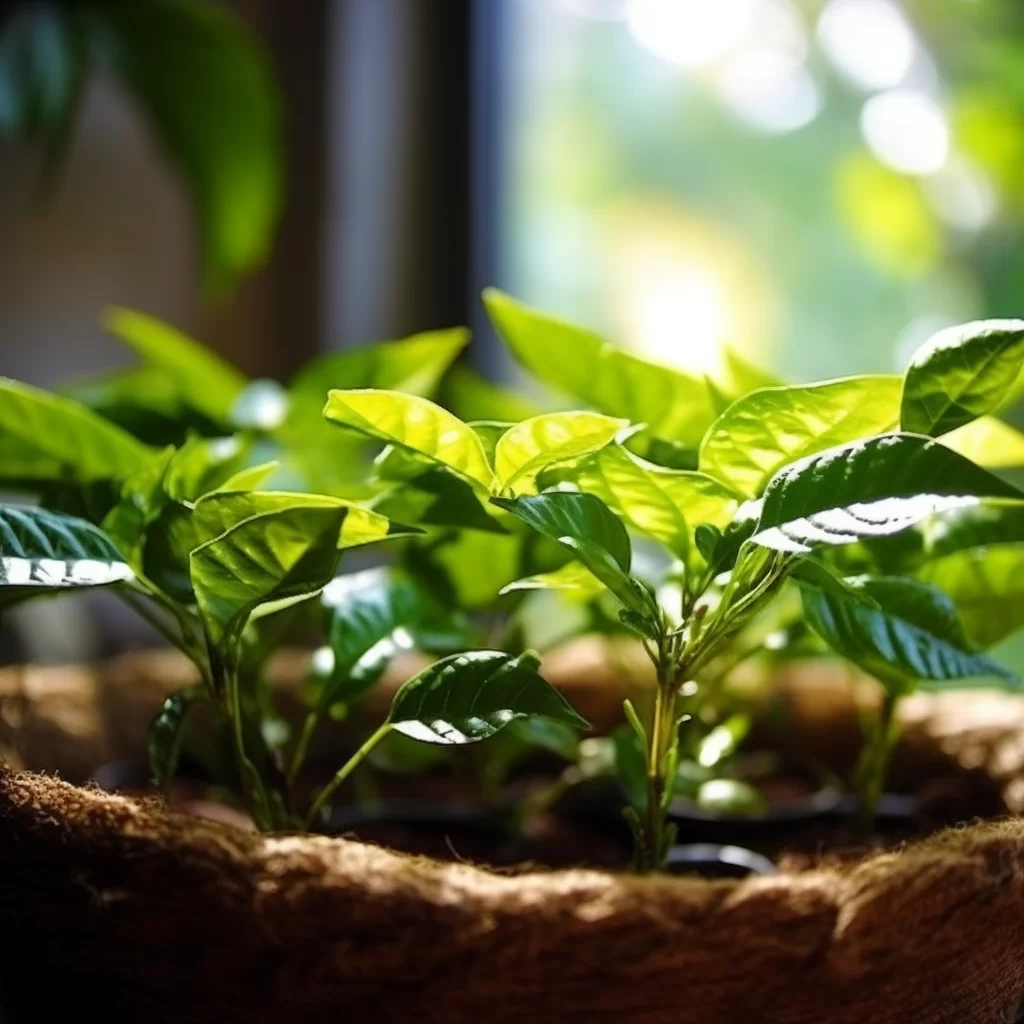Story of Day :
Contents
The Complete Guide to Coffee Plant Care Tips
Are you a coffee lover? Have you ever considered growing your own coffee plant at home? It may be easier than you think, and it can provide a sense of satisfaction as well as a fresh supply of coffee beans. Here is a complete guide to help you get started with caring for your coffee plant.
Understanding the Coffee Plant

The Coffea Arabica (Arabica) and Coffea Robusta (Robusta) are two common species of coffee plants. The Arabica is the most popular type, known for its delicate flavor notes, while Robusta is known for its strong bitter taste. Coffee plants originate from tropical climates such as Africa and South America and require specific conditions to grow properly.
Choosing the Right Location
- Sunlight: Coffee plants need plenty of sunlight but not direct sunlight; so place them in an area with bright, indirect light.
- Temperature:Coffee plants tend to thrive in temperatures between 60-70°F (15-20°C), avoid placing them near heating or cooling vents that can change room temperature rapidly.
- Humidity:Coffee plants prefer high humidity levels around 60%, if the air is dry where you live, consider using humidifiers or placing trays filled with water near your plant’s location.

Selecting Soil Type
- pH level: Coffee plants thrive in soil that has pH levels between 6-6.5, which means slightly acidic soil works best for them.
- Freshness: Avoid using old or stale potting soil; instead opt for fresh organic potting mix.
- Drainage:Coffee plants need well-draining soil to avoid waterlogging and root rot. Ensure that the pot has drainage holes to allow excess water to escape.
Watering Your Coffee Plant
The most common mistake you can make when caring for your coffee plant is overwatering – which can lead to root rot. Water your coffee plant moderately, ensuring the top layer of soil is dry before watering again. Make sure that you don’t let the soil dry out completely either, as this can cause leaf wilting.

Fertilizing Your Coffee Plant
Coffee plants require regular fertilization during growing seasons (spring and summer). Use a balanced fertilizer with equal amounts of nitrogen, phosphorus, and potassium every four weeks during these periods.
Pests and Diseases
Coffee plants are usually pest-resistant but may suffer from issues like spider mites or scale insects if they are under high-stress conditions. Keep an eye on leaves for signs of discoloration or damage; treating pests early is important in preventing infestations from getting out of control.

Harvesting Your Coffee Beans
Your coffee plant will start producing beans after three or four years depending on its maturity level and care conditions provided; once the berries turn bright red, they are ready for harvest-
- Gently remove them by hand picking.
- You can also place them in a bowl containing water: any unripe beans will float while all ripe ones sink.
- Dry them before roasting by spreading over newspaper sheets until they become crispy (around two weeks).
In Conclusion
Growing your own coffee plant at home requires attention and patience but could be rewarding once you start to see the fruit of your labor. With these tips and guidelines, you can provide a suitable environment for your coffee plant to grow, thrive and provide you with fresh coffee beans annually.
